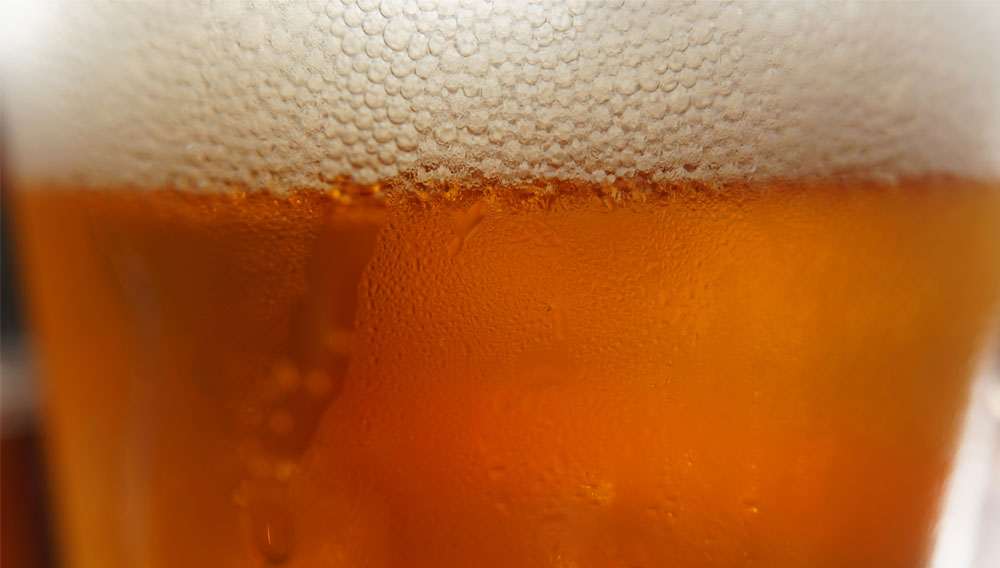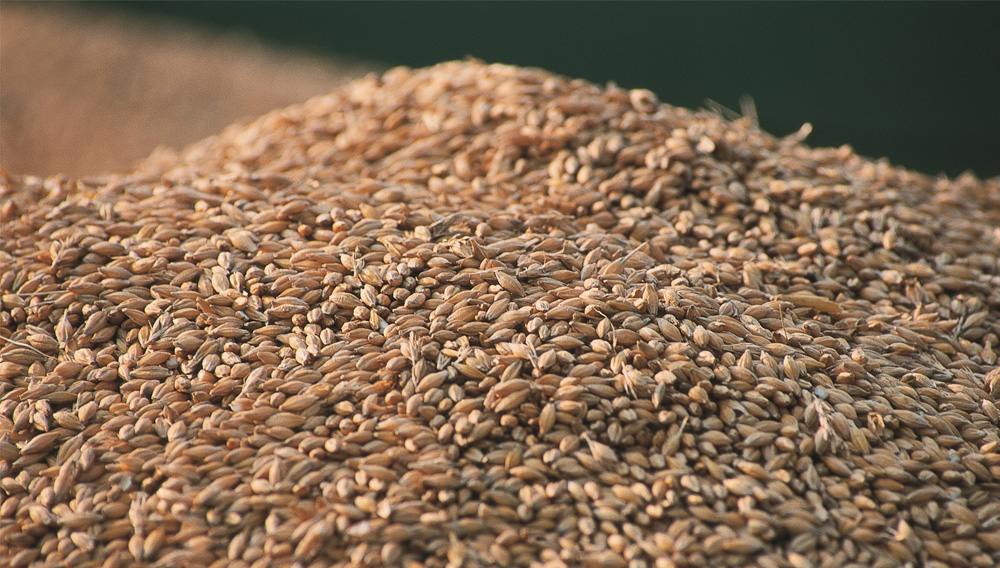
A new analytical approach | The contribution of different malt types to the beer aroma is traditionally assessed by trial-and-error testing in pilot scale. In this article, we describe a new analytical method that shows promising results in predicting specific aroma properties of bottom-fermented beers based on the analysis of marker volatiles in the malt mixtures applied for brewing without the need for extensive brewing trials and beer sensory evaluation.
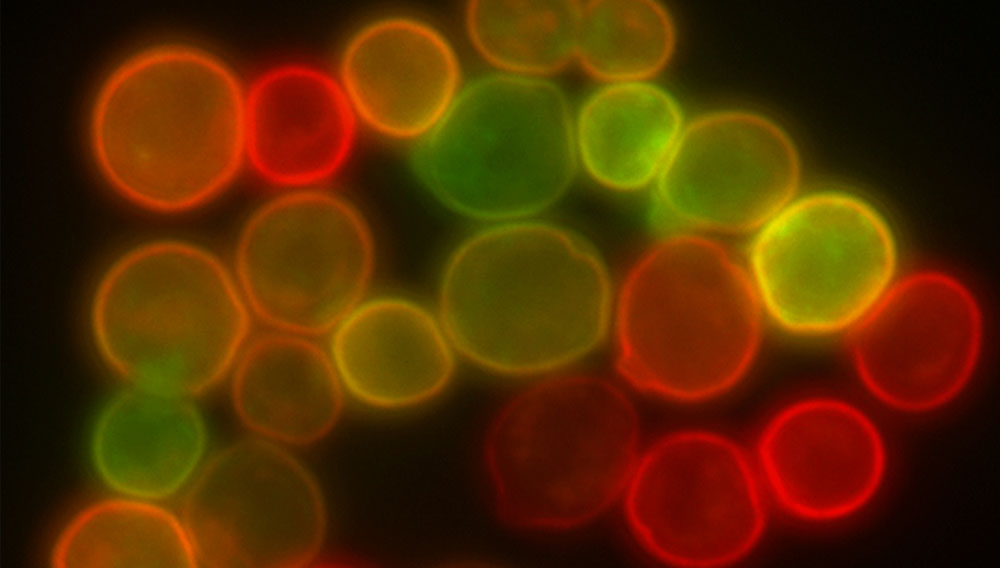
Molecular basis | Flocculation is an important facet of yeast behavior which is widely exploited in the brewing industry as an effective, low cost and natural mechanism for yeast removal from beer. This review aims to briefly summarize the current understanding of the underlying molecular biology involved in flocculation, as a condensed version of the review article “Molecular Basis and Regulation of Flocculation in Saccharomyces cerevisiae and Saccharomyces pastorianus – a Review” originally published in BrewingScience, 74 (March/April 2021).

Pure malt grist | To help businesses facing the challenge of rising costs and fluctuating raw material qualities, Bühler introduces its innovative DDH Dry Dehusking technology. By replacing the hammer mill with a roller mill in mash filter applications, the new system increases brewhouse capacities, compensates for different malt qualities and allows for significant energy savings, less wear and reduced risk of explosions.
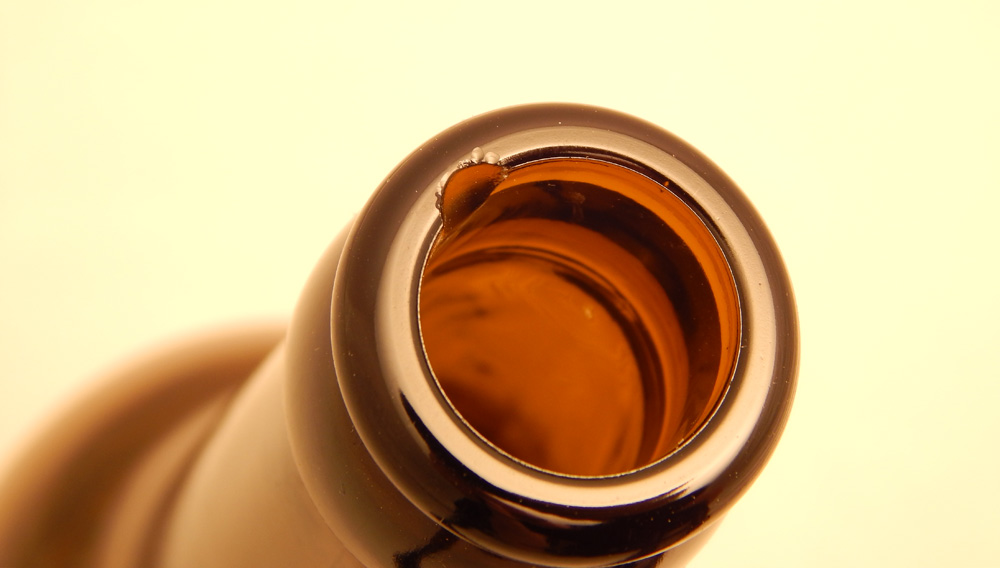
Empty bottle inspection | The VLB proof of performance test for empty bottle inspection machines is a method for assessing the detection performance of inspection machines and identifying potential areas for optimization. Furthermore, analysis of the data gathered over the last ten years provides an insight into the development of detection performance and enables conclusions to be drawn as to which conditions need to be created for commissioning in order to be able to exploit the full potential of new empty bottle inspectors.
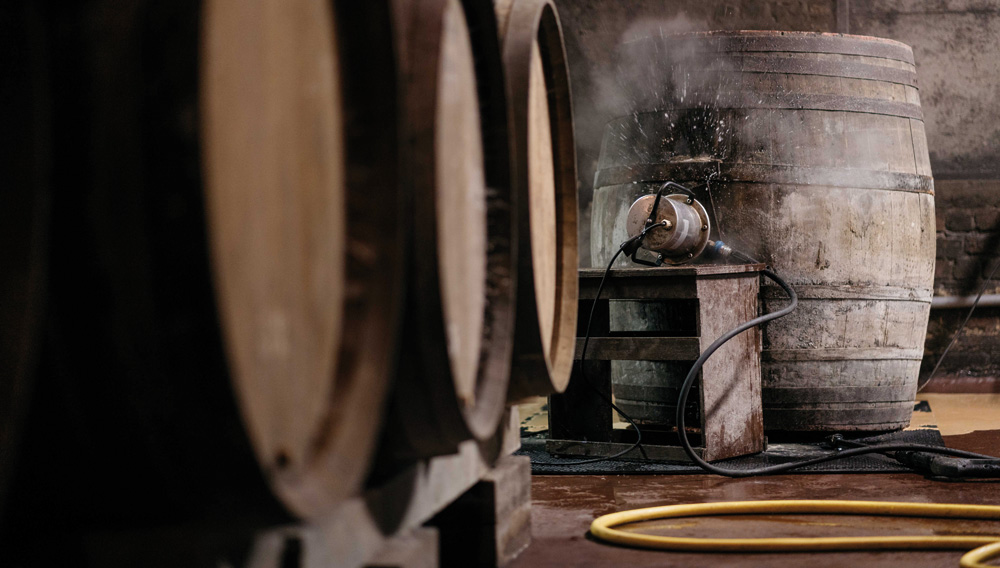
Barrel ageing | In recent years, maturation of beers in wooden barrels is becoming an interesting avenue for breweries to expand and refine their beer portfolios. Especially in the craft beer sector there is an increasing consumer demand for more complex flavours and aromas, many of which can be obtained through barrel ageing of beer. However, microbial spoilage of the barrel has to be effectively controlled in order to ensure consistent product quality and reduce profit losses.
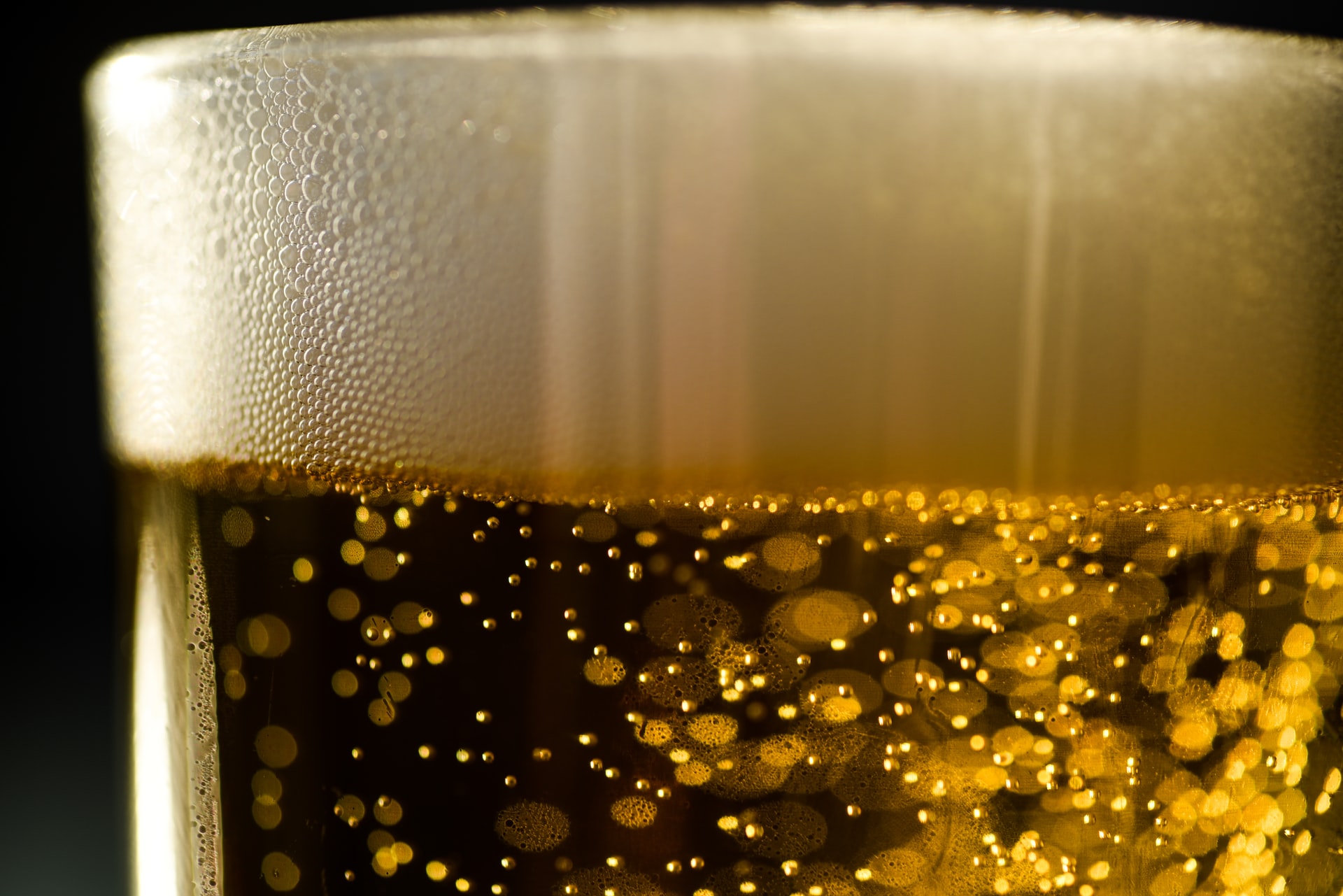
CO2 quality | Many breweries purify their fermentation carbon dioxide and reuse it. Unfortunately, in conventional CO2 purification plants, not all flavour substances potentially still present are removed and remaining ones could be carried over into the beer when purified carbon dioxide is reused. Carry-over of off-flavour impurities may be prevented by installing the MPlus PC02 from Parker, thus extending the recovery plant.

Foam stability | Various physical phenomena can be observed in beer foam. Foam membrane strength is an important factor influencing head retention. When comparing various foam analysis methods (Sigma, NIBEM and FCT developed by us), it was found that NIBEM and FCT were more sensitive in determining foam membrane strength than Sigma. In this article, the importance of the composition of hop bitter acids for foam membrane strength and visual foam stability is described. It summarises some research results which have already been published in BrewingScience, 2021, issue 6: November/December.
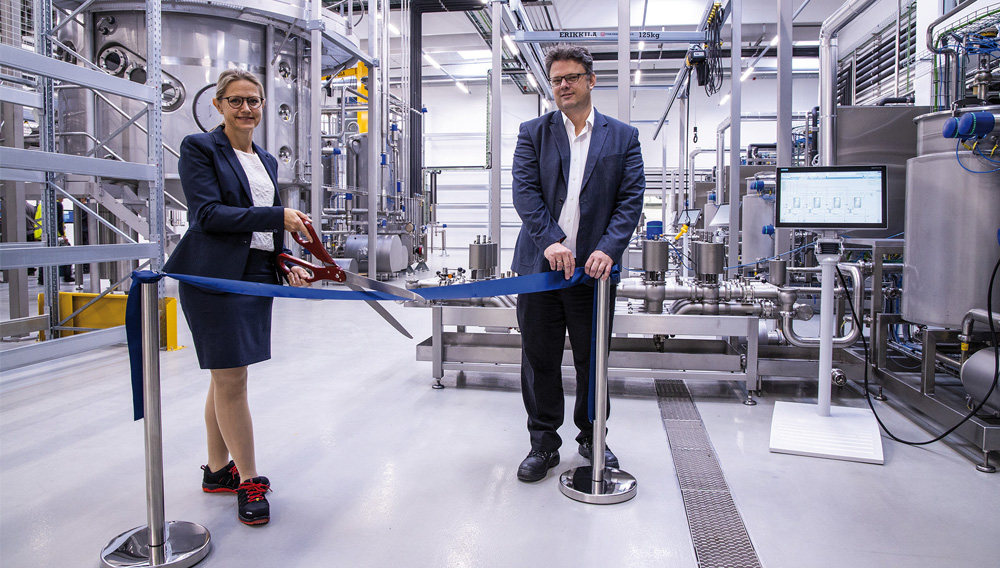
Development environment | In October 2020 Alfa Laval opened its new Fluid Handling Application & Innovation Centre in Kolding, Denmark. At the centre that covers 1600 square metres, users from the food and pharmaceuticals industry can test their processes and the impact these have on their products under real conditions before deciding to invest. BRAUWELT spoke to food and water division manager Christian Garbers at Alfa Laval Mid Europe about the options and opportunities the facility offers its users.

Colloidal stability | The colloidal stability of beer is an important criterion in filtered beers as any haze or flocculation is not accepted by consumers. For this reason, timely knowledge of the state of the colloidal stability is not only of interest to export beer breweries, but also to small and medium-sized brewing companies. As existing methods of analysis either only take some of the beer constituents involved in the formation of haze into account or require long analysis times, a new rapid measurement method for checking the colloidal stability was developed.

Reaction kinetics studies | Gentle handling of beverages during the preservation steps is becoming increasingly important, particularly for products with sensitive ingredients. Relationships between chemical changes and microbiological deactivation could have the potential of retaining valuable ingredients, e.g. L-ascorbic acid, in juices.
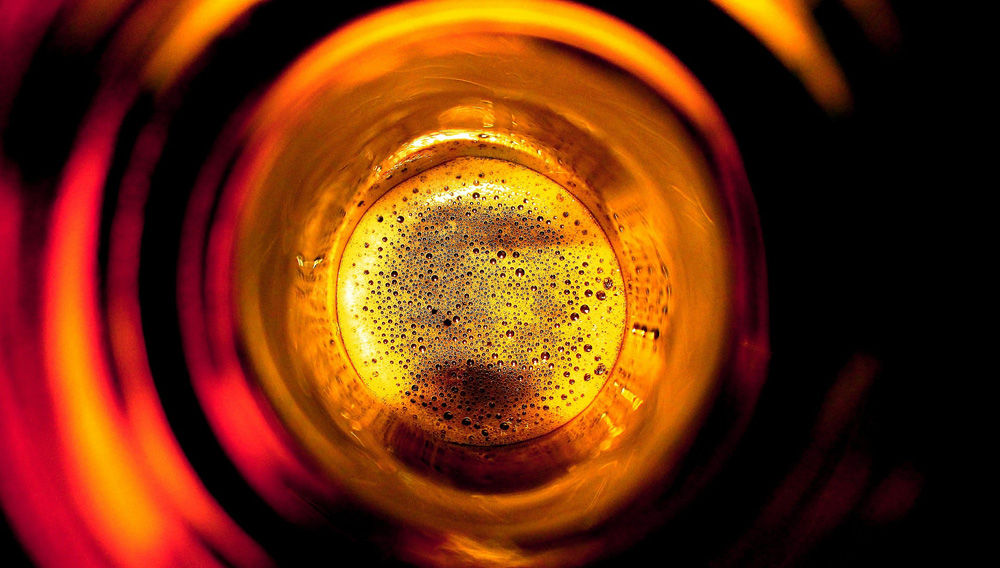
Analytics of gushing | In ongoing research, TU Munich is investigating the physical processes during formation of gas bubbles in liquids prone to gushing. Part 1 of this two-part series of articles described the theoretic fundamentals and the measuring instruments developed (BRAUWELT International no. 2, 2022, pp. 96–99). Part 2 presents examples of results of associated experimental studies.

